It may have been the summer of COVID, but a lot went down in the world of conservation, too—get caught up
If we were to put together a conservationist’s time capsule for the summer of 2020, it would be absolutely jam-packed with everything from state-level wins and place-based battles to habitat-wide threats and milestone achievements that will benefit future generations of hunters and anglers.
Here is what we’ll remember long after the sun has set on summer 2020.
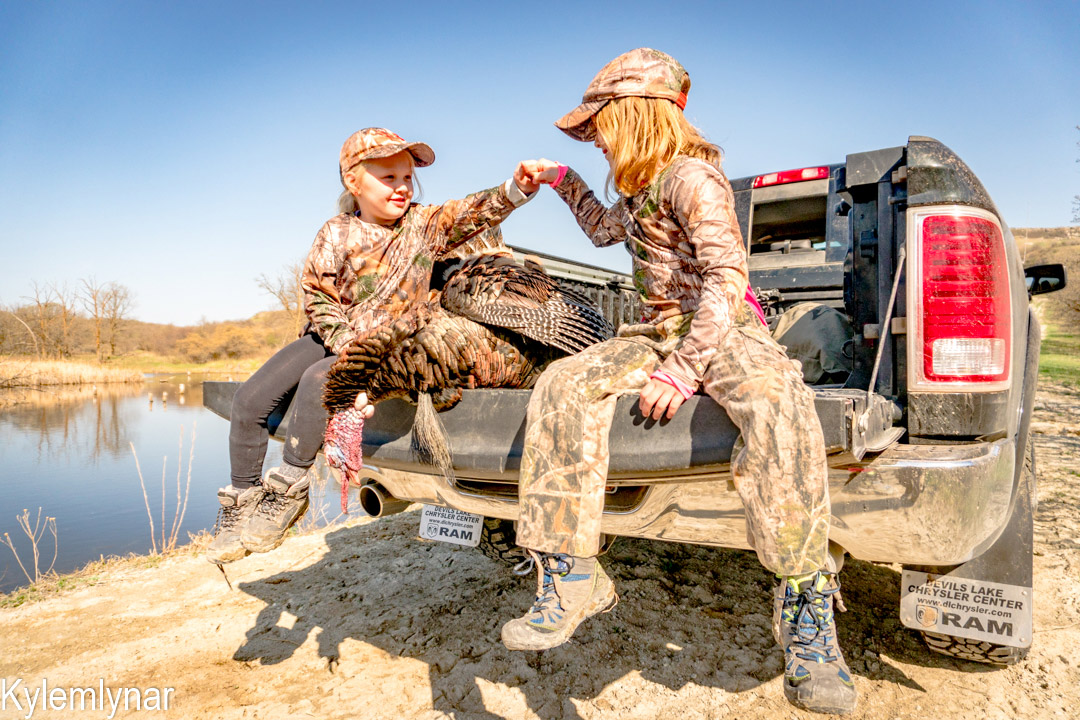
The Great American Outdoors Act Supercharges LWCF
After a decades-long fight to secure permanent authorization and full funding for our most powerful public land conservation tool, the Land and Water Conservation Fund became a household name. And perhaps the Great American Outdoors Act will be too—this legislation finally maxes out the program at $900 million annually to create outdoor recreation opportunities, unlock public land access, and conserve key habitats. It also invests $1.9 billion annually for the next five years to address the maintenance backlog on National Park Service, U.S. Forest Service, U.S. Fish & Wildlife Service, and Bureau of Land Management lands.
Something else to celebrate is how this bill proves that conservation transcends partisanship. There were many issues vying for the attention of our lawmakers this summer, including an economic downturn and unprecedented health crisis, but the Great American Outdoors Act made it through the Senate, House, and a presidential signing ceremony in a matter of months. Your support helped to make this possible.
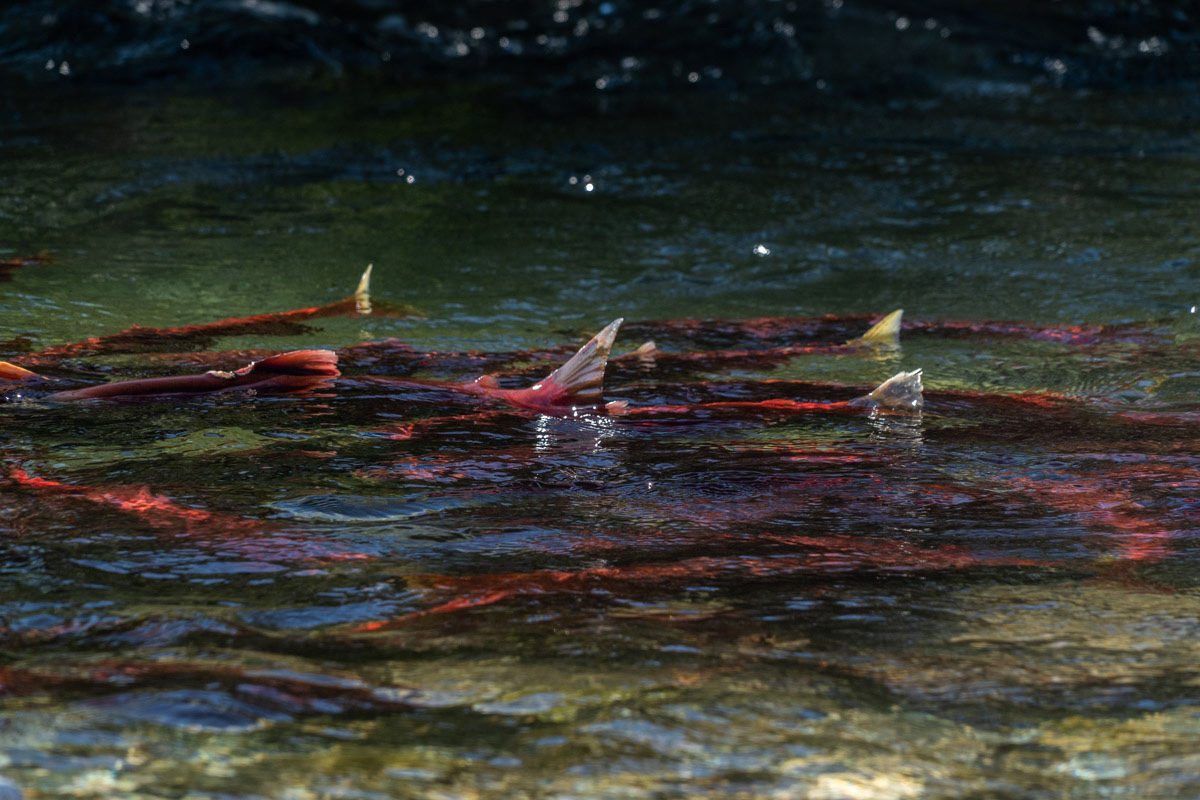
A Powerful Pushback on Pebble Mine
Just weeks after concluding in its final environmental impact statement that Pebble Mine would not have a measurable effect on fish numbers and signaling that an approved permit might be coming soon, the U.S. Army Corps of Engineers told developers that the mine could not proceed as proposed. The agency ultimately decided that the project “could have substantial environmental impacts within the unique Bristol Bay watershed.”
Sportsmen and women—not to mention some high-ranking Trump advisors—called directly on the president to intervene and stop Pebble Mine, which would destroy an estimated 185 miles of streams and 4,000 acres of wetlands in Bristol Bay, the most prolific sockeye salmon fishery on the planet. The Corps decision is good news, but there is still work to do to shut down the mining proposal for good.
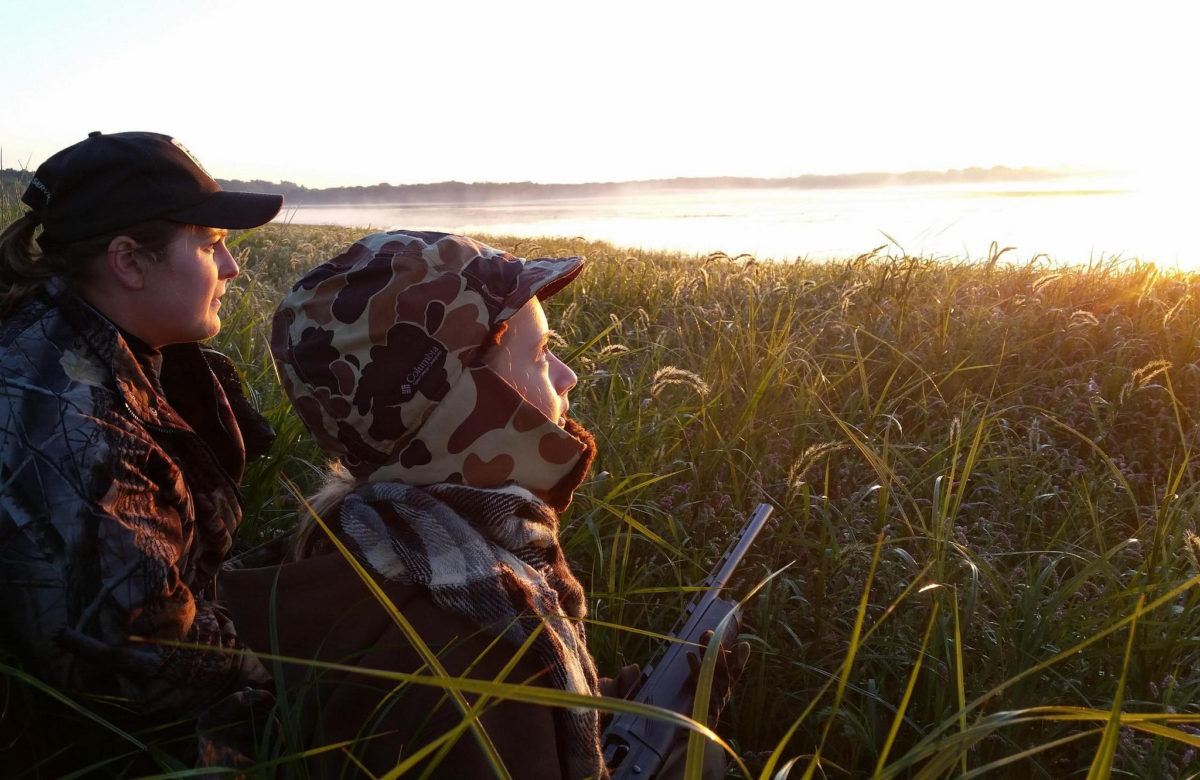
300K Acres of Public Lands in the Midwest Are Inaccessible
In the first of three announcements, the TRCP and onX added to the tally of landlocked public lands we have already identified in the western U.S., this time looking at Minnesota and Wisconsin. Between federal, state, county, and municipal public lands, the two states share more than 300,000 acres with no permanent legal access around or through private lands.
This fall, we’ll announce the results of our research in Pennsylvania, New York, and New Jersey and Arkansas, Florida, Tennessee, and North Carolina. Sign up to be the first to hear about it.
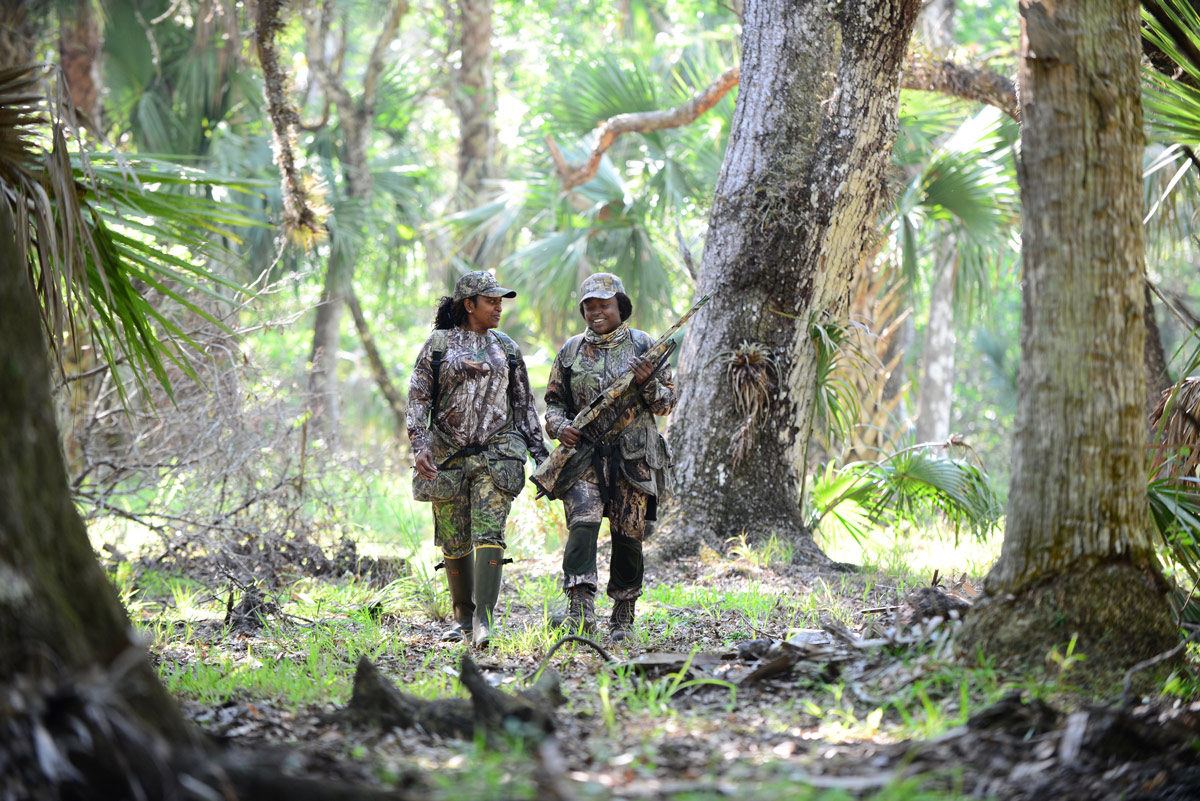
The Hunting and Fishing Community Rallies Around #ResponsibleRecreation
After the first major spike in COVID-19 cases, as public lands and some hunting and fishing seasons began reopening, the TRCP joined respected conservation leaders at the National Wild Turkey Federation, Congressional Sportsmen’s Foundation, Ducks Unlimited, Trout Unlimited, Pheasants Forever, and Association of Fish and Wildlife Agencies to launch the #ResponsibleRecreation pledge.
It remains important for Americans to take advantage of our country’s numerous opportunities to recreate on public lands and waters, while maintaining proper social distancing and adhering to other best practices in line with recommendations from the Center for Disease Control and Prevention. You can take the pledge here.
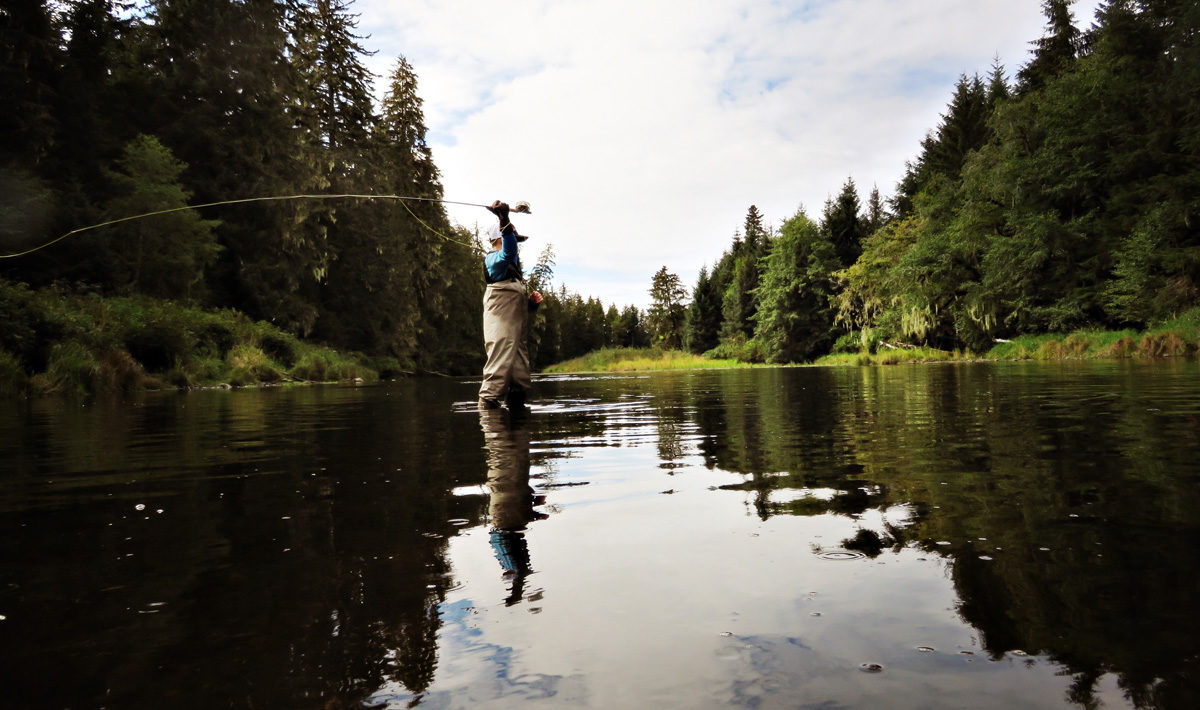
Three Threats to Bedrock Conservation Laws
In July, we flagged the EPA’s quiet change to a rule that gave states the right to look out for water quality on federal land within their borders at the permitting phase of new development projects. The agency’s new rule addressed an obscure but important function of the Clean Water Act, which was also rolled back when it comes to protections for headwater streams and wetlands.
Combined with a third threat to bedrock conservation law—proposed changes to the National Environmental Policy Act that would significantly inhibit the ability of federal agencies to measure the impacts of development on habitat—it’s clear that the administration’s newest policies would benefit developers while sportsmen and women lose out.
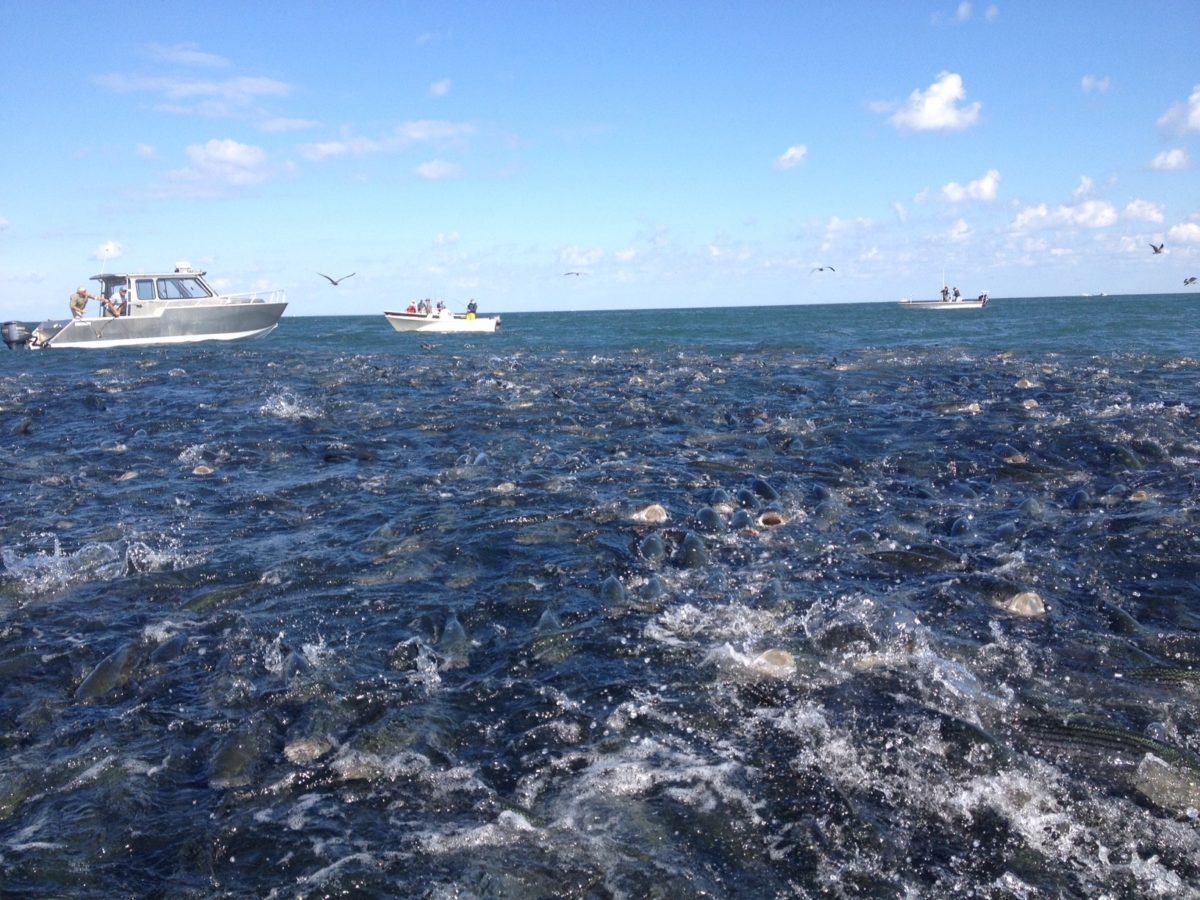
Menhaden Managers Will Consider the Bigger Picture
In a move supported by anglers, the Atlantic States Marine Fisheries Commission voted unanimously in August to improve its management strategy for Atlantic menhaden, the tiny baitfish that supports some of our most popular sportfish, by considering the species’ role in the broader ecosystem. The Commission worked for more than a decade to develop ecological reference points—indicators like the health of predator populations, including striped bass and bluefish, as well as the amount of alternative prey for these sportfish. Ultimately, these reference points can be used to set quotas that will help ensure enough menhaden are left in the water as forage.
Learn more about menhaden management and restoration here.
Outdoor Recreation Businesses Call on Congress to Pass MAPLand Act
A cross-section of the $887-billion outdoor recreation economy—from gear manufacturers and media companies to guides, outfitters, and retailers—sent a letter in July urging lawmakers to pass the Modernizing Access to Our Public Land, or MAPLand, Act. Business owners emphasized that their livelihoods depend on sportsmen and women having access to outdoor recreation opportunities on public lands, and the MAPLand Act would push federal agencies to digitize their paper maps and easement records so more people can find places to recreate.
One-Third of Congressional Funding for CWD Is Going to Captive Deer Industry
For years, sportsmen and women have called on lawmakers to take meaningful federal action to control chronic wasting disease among our wild deer, elk, and moose populations. In 2020, Congress responded by appropriating $5 million to the U.S. Department of Agriculture to send directly to state wildlife and agricultural departments tasked with responding to the disease.
Instead, the Animal and Plant Health Inspection Service is funneling $1.5 million of that funding to individual captive deer operations that have had to eliminate CWD-positive animals. These indemnification payments aid businesses that have already been part of the CWD problem and don’t address the continued strain placed on state agencies scrambling to manage the spread of the disease.
Join us in pushing back on this misuse of federal funding.
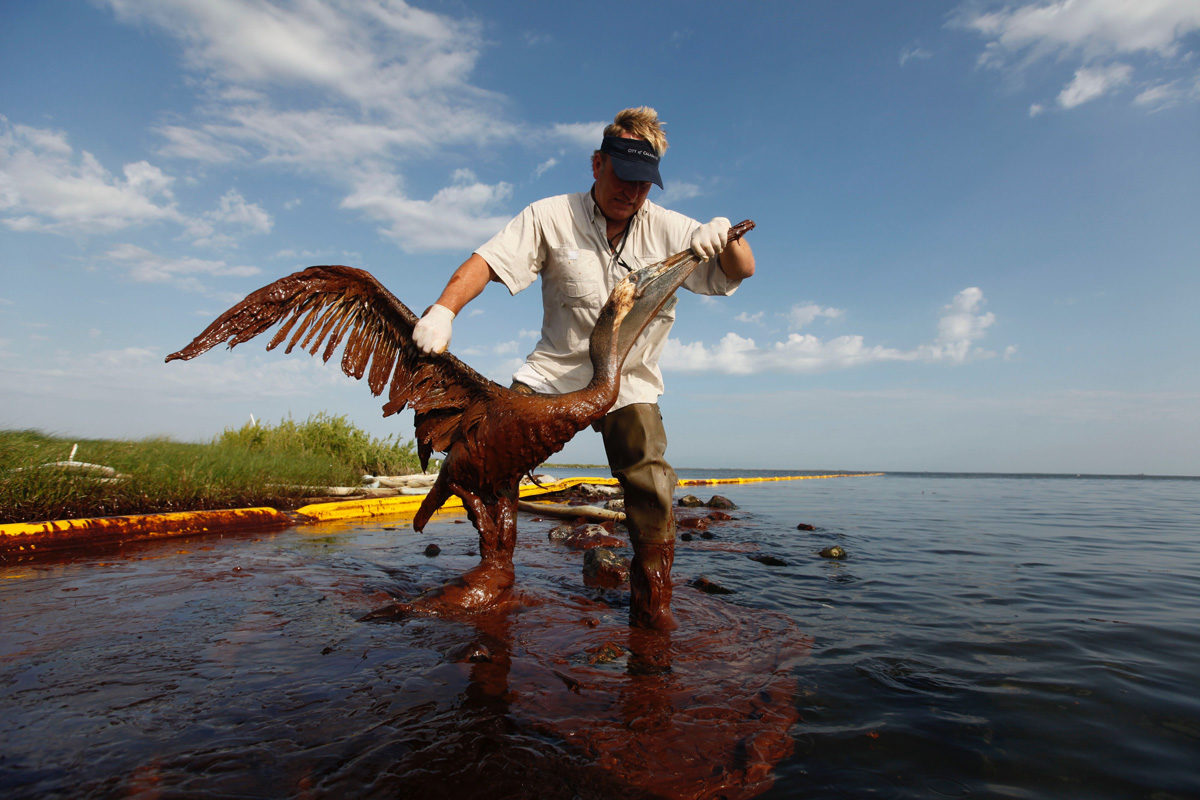
The Gulf Coast is Rebounding 10 Years After BP Oil Spill
The explosion of the Deepwater Horizon oil rig and the subsequent oil spill in the spring and summer of 2010 was the worst environmental disaster in American history. But in the decade since this tragedy, oil spill penalties have been invested in projects that directly address the damage, improving the outlook for the Gulf of Mexico’s coastal communities and fish and wildlife habitat.
We took an in-depth look at four major projects built or planned using Deepwater Horizon penalties that have directly benefited anglers and hunters by improving coastal habitats.
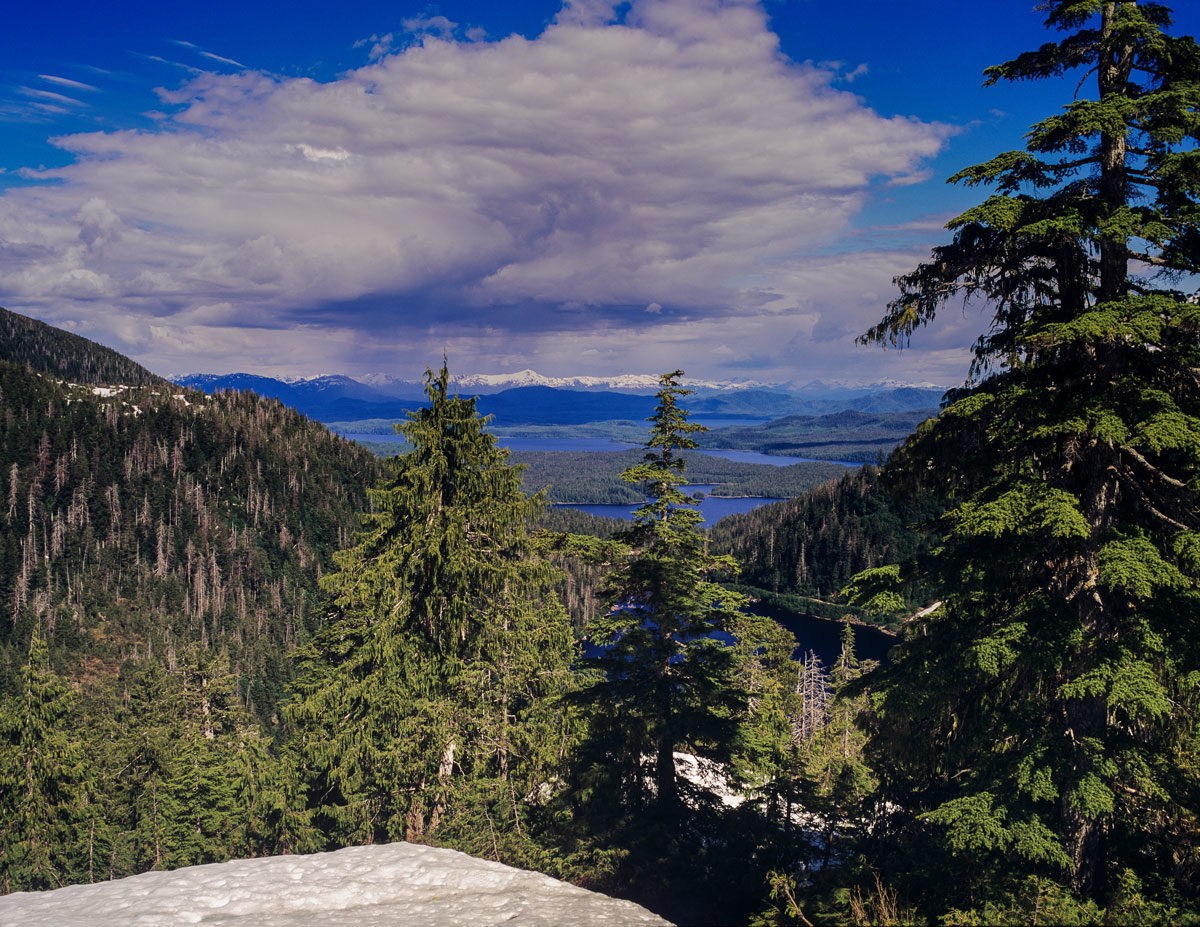
Your Voice Is Powerful in These Backcountry Conservation Efforts
Sportsmen and women in Montana and Alaska—and across the country—took a stand on the future of intact, undeveloped habitats that are important to fish and wildlife.
This summer, the Bureau of Land Management responded to hunter and angler support for these landscapes in Montana by including Backcountry Conservation Areas in two revised resource management plans for approximately 900,000 acres of public lands east of Missoula, surrounding Lewistown, and in and around the Missouri River Breaks.
Backcountry Conservation Areas allow the BLM to prioritize public access and habitat management actions, such as restoring riparian areas and streams, controlling invasive species, managing vegetation, improving fish passages, reducing the risk of wildfires, and increasing forage. There are BCAs proposed across the West.
Hunter and angler voices were also crucial in the fight to keep conservation safeguards for 9.2 million acres of intact and undeveloped habitat in the Tongass National Forest of Alaska. According to data released by the Forest Service this summer, 96 percent of comments from the public support keeping the nation’s Roadless Rule in place to conserve some of the world’s most productive salmon and Sitka blacktail deer habitat.
Top photo by Kyle Mlynar.

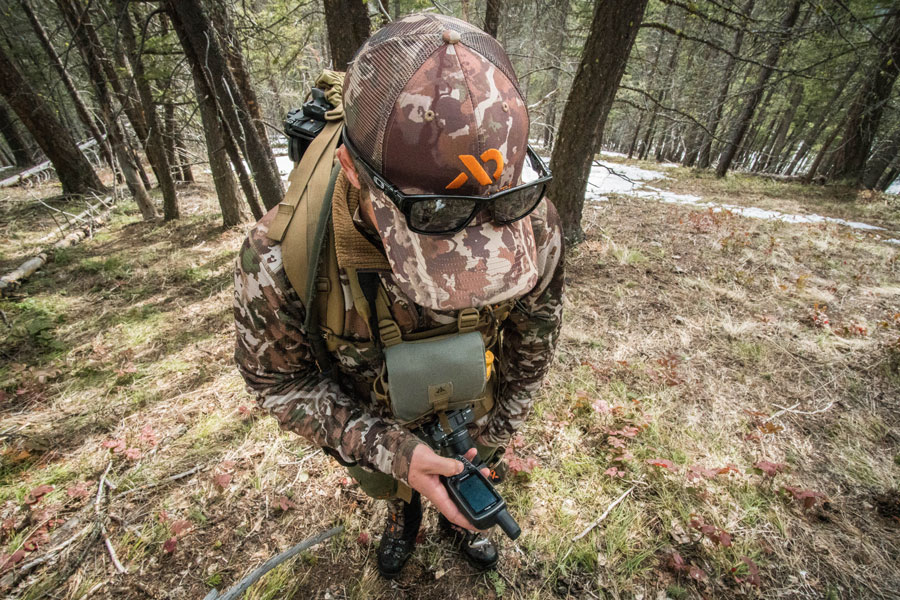
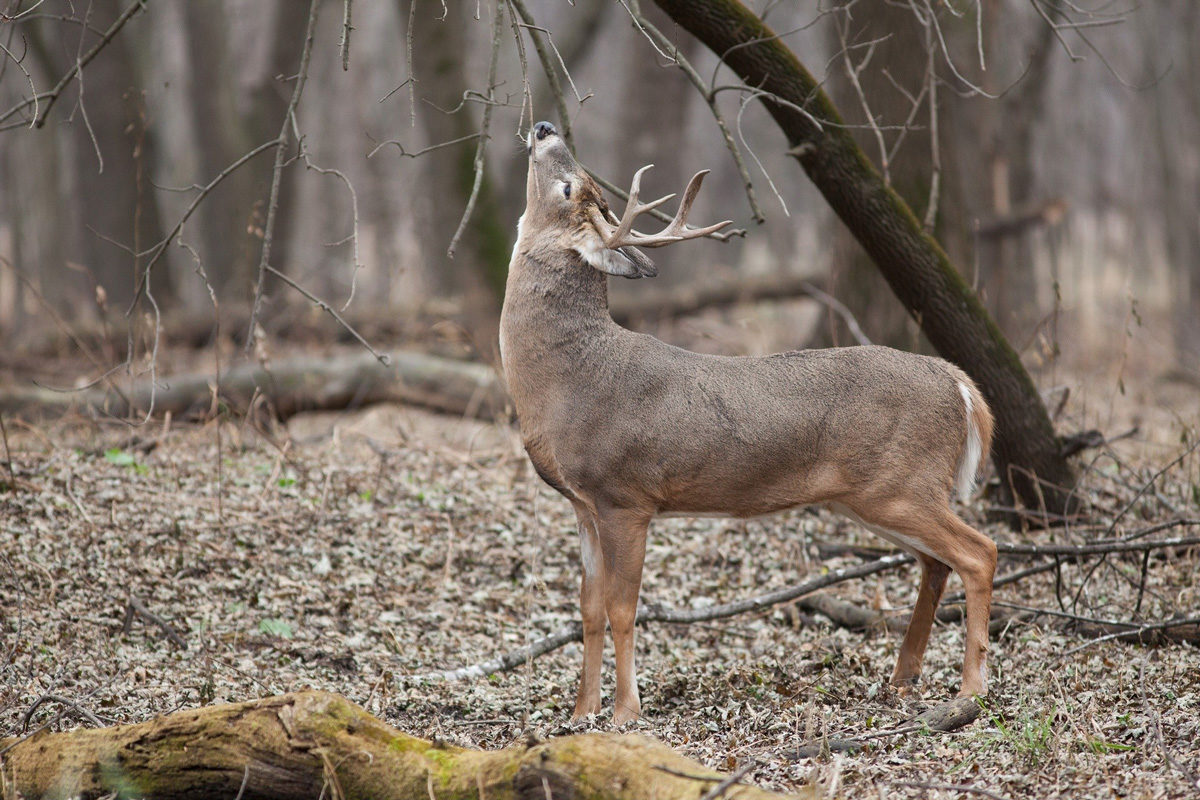
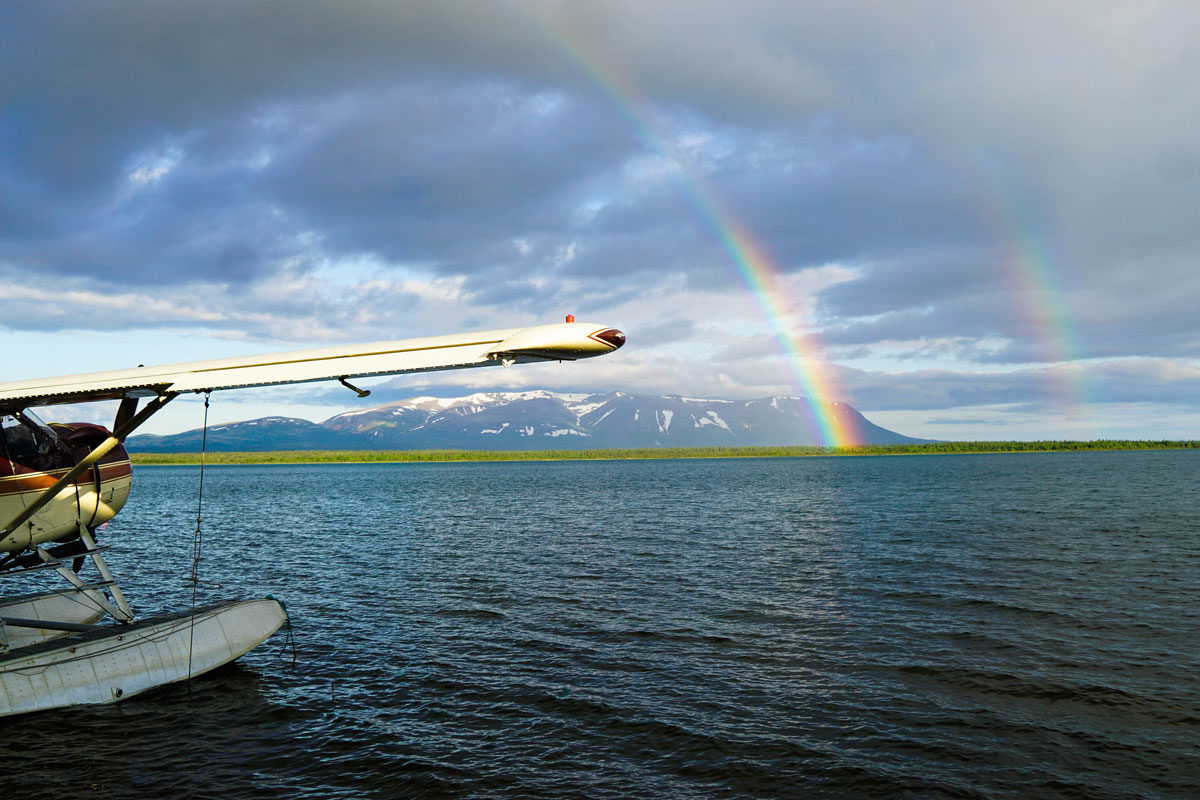
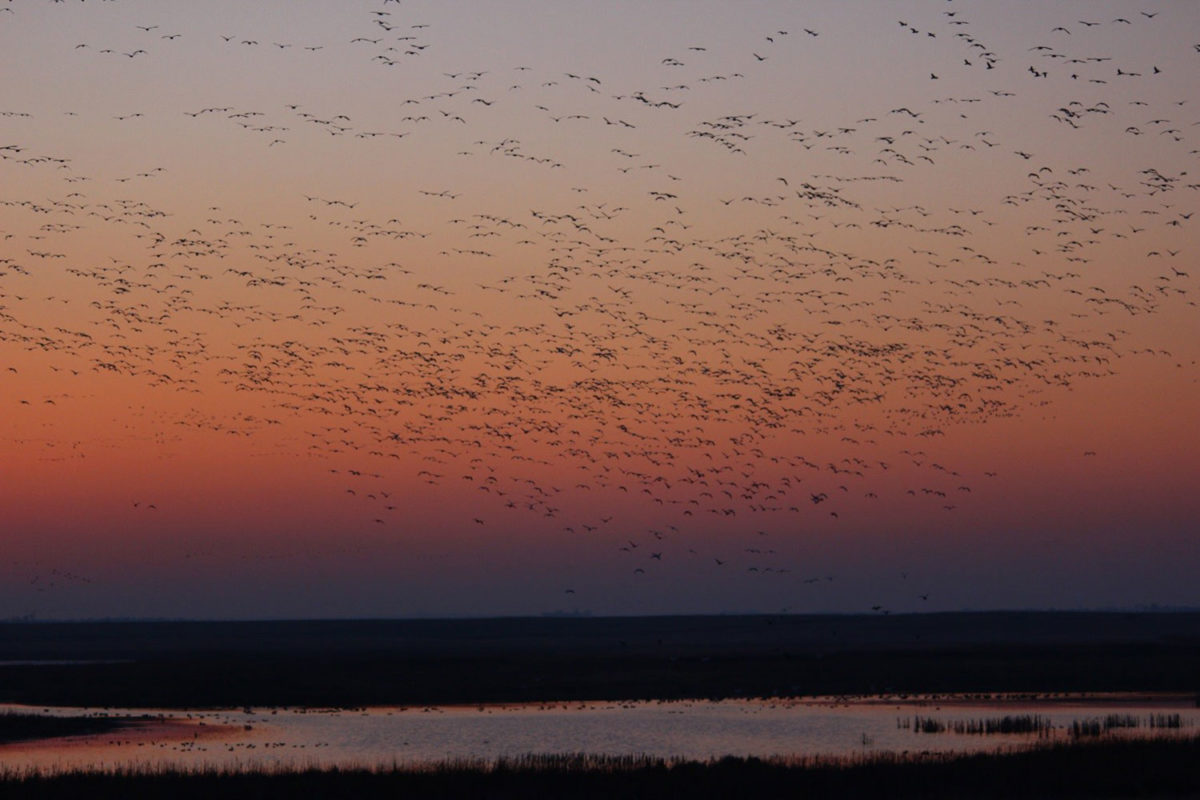
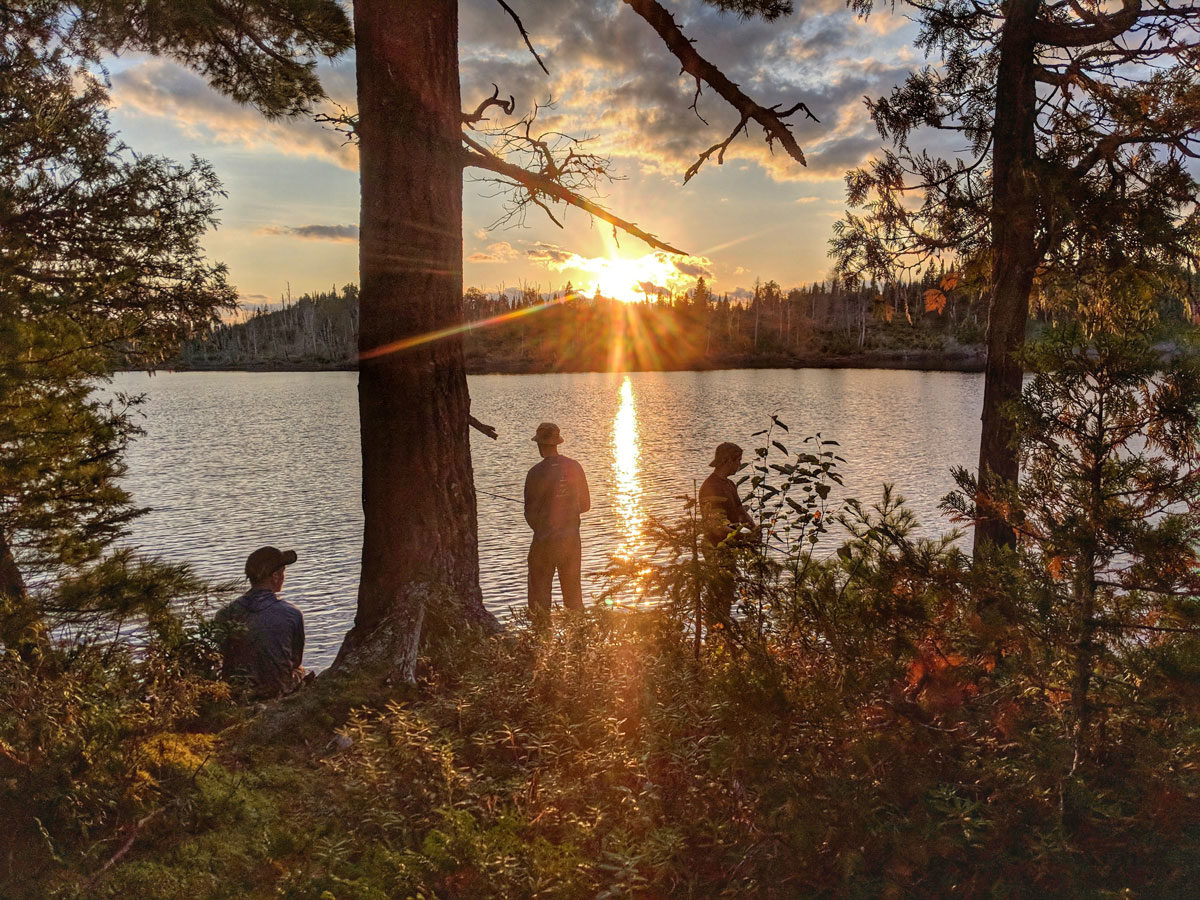
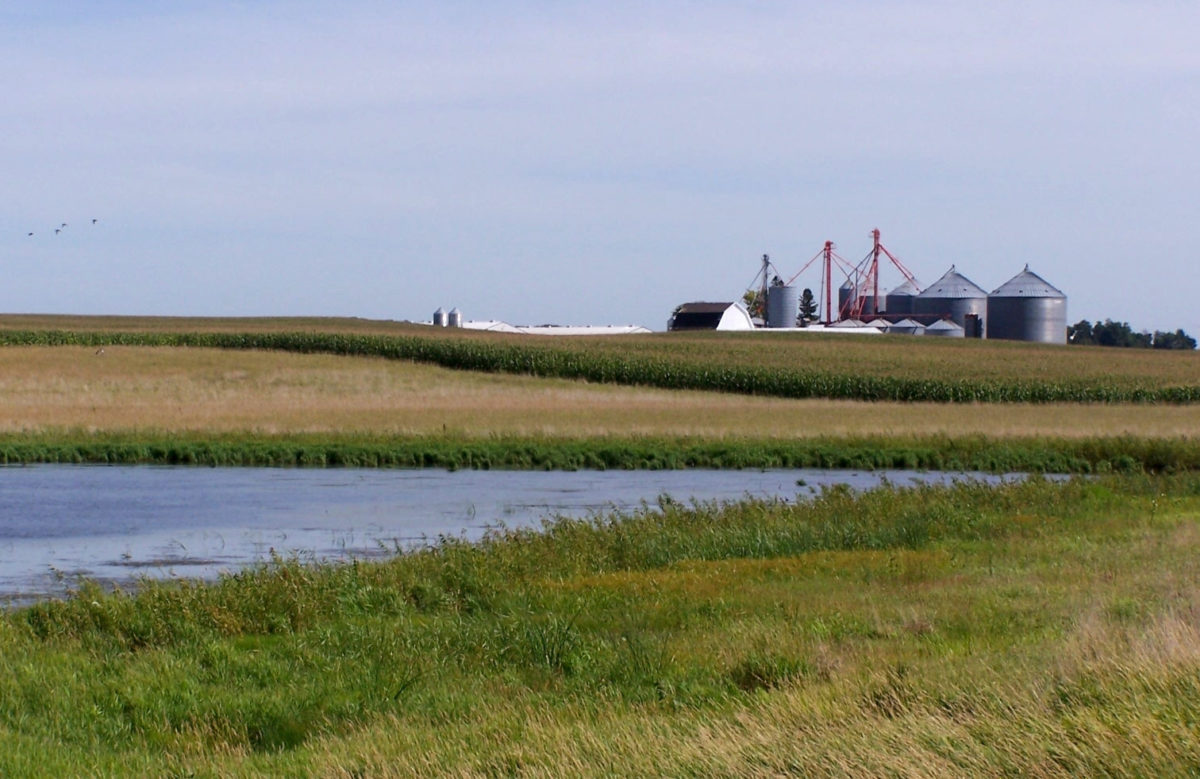
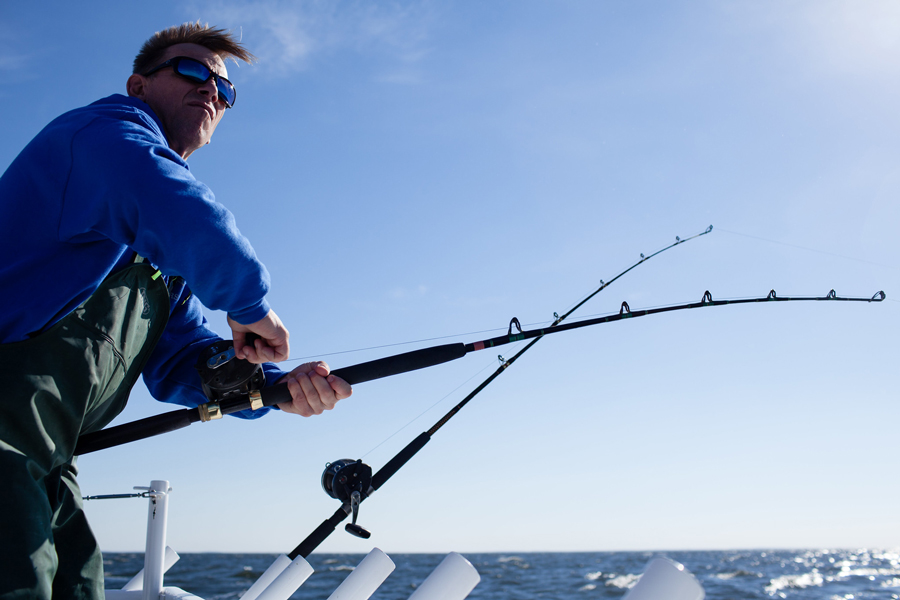
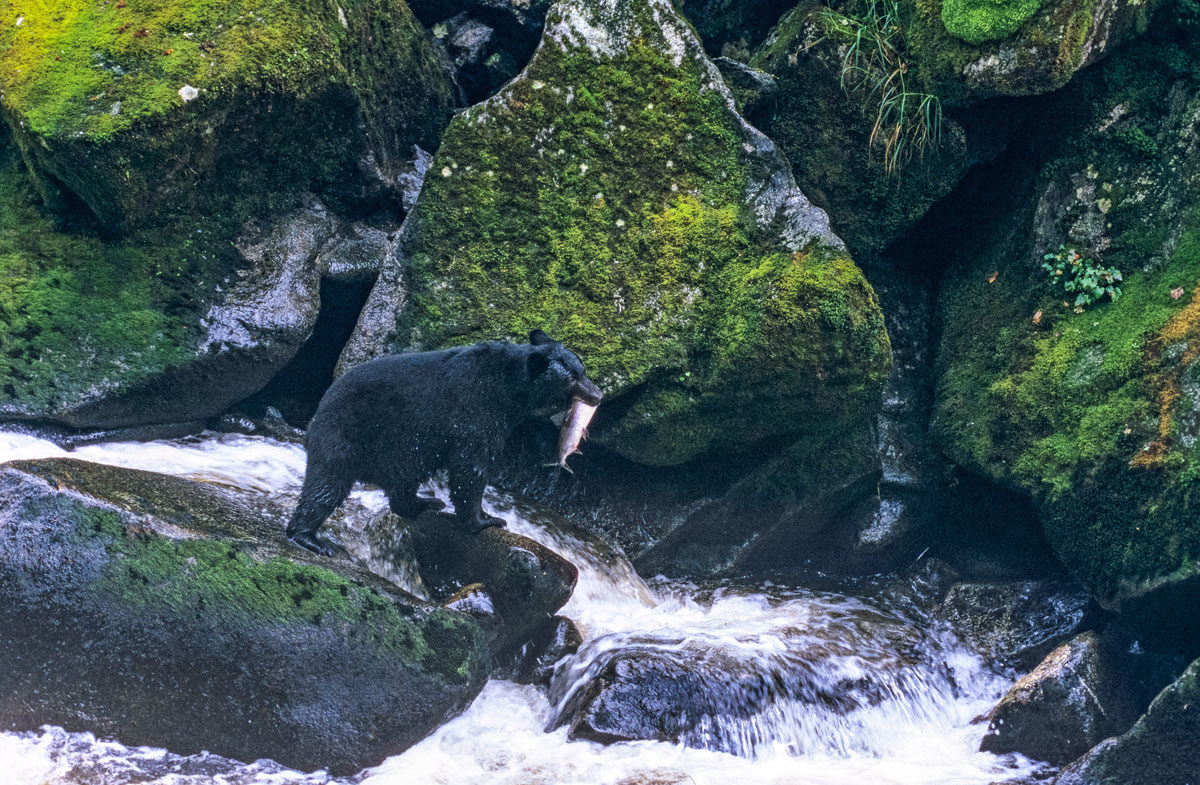
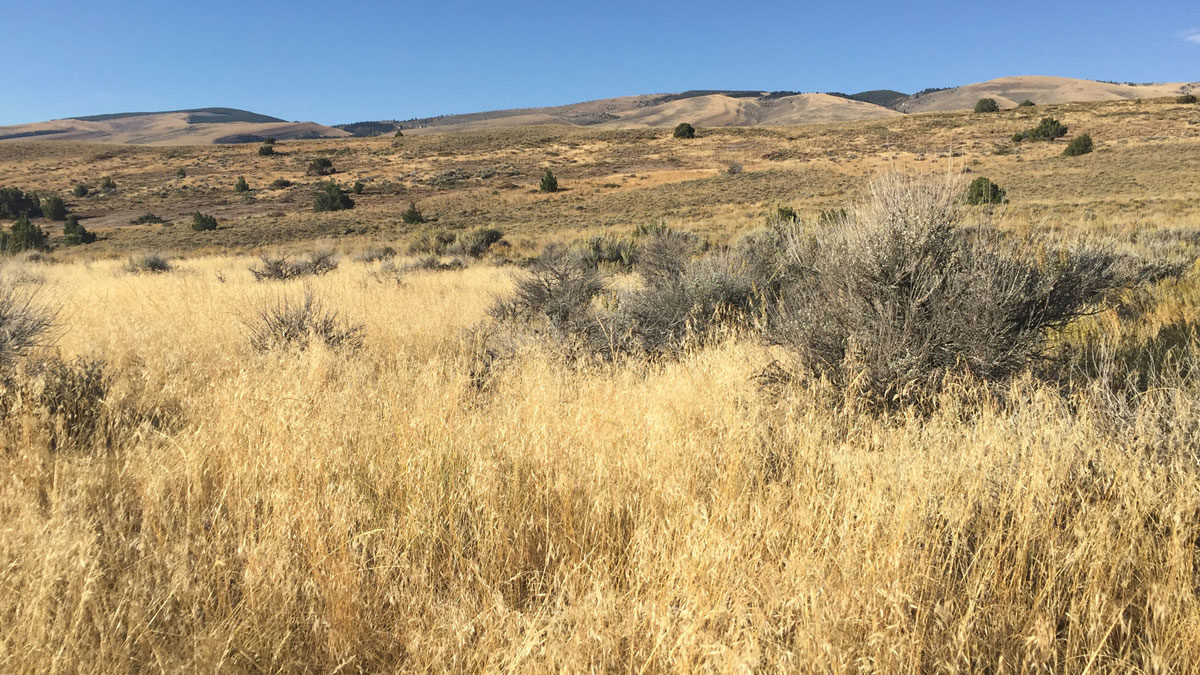
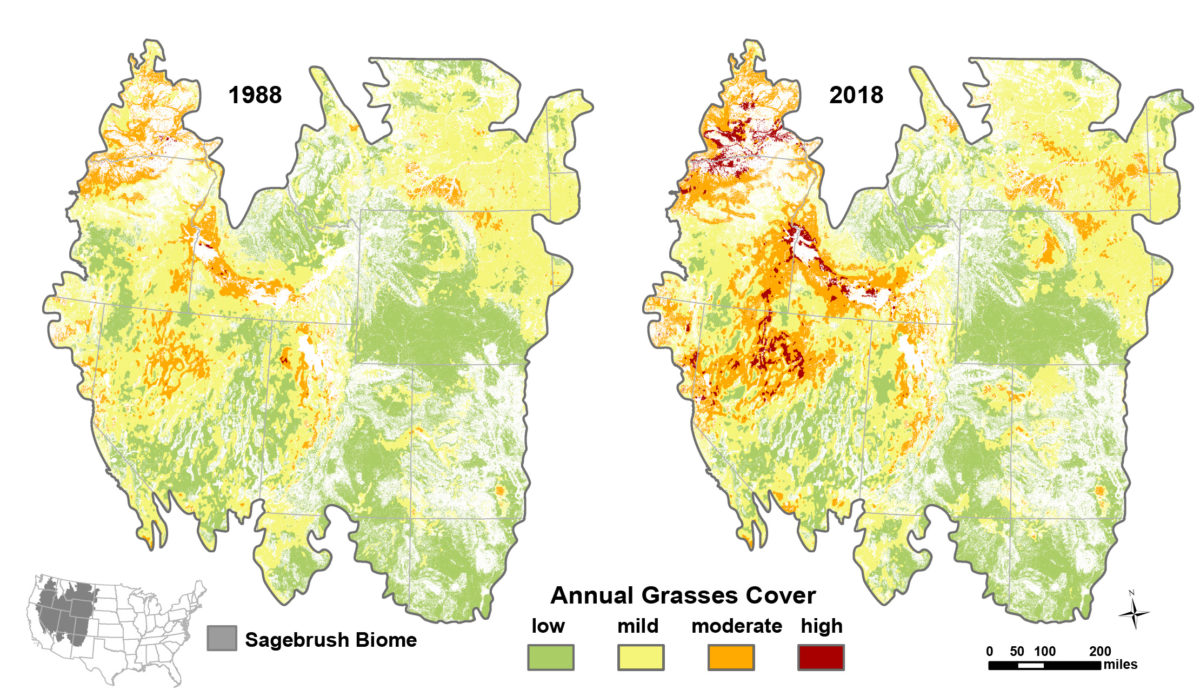
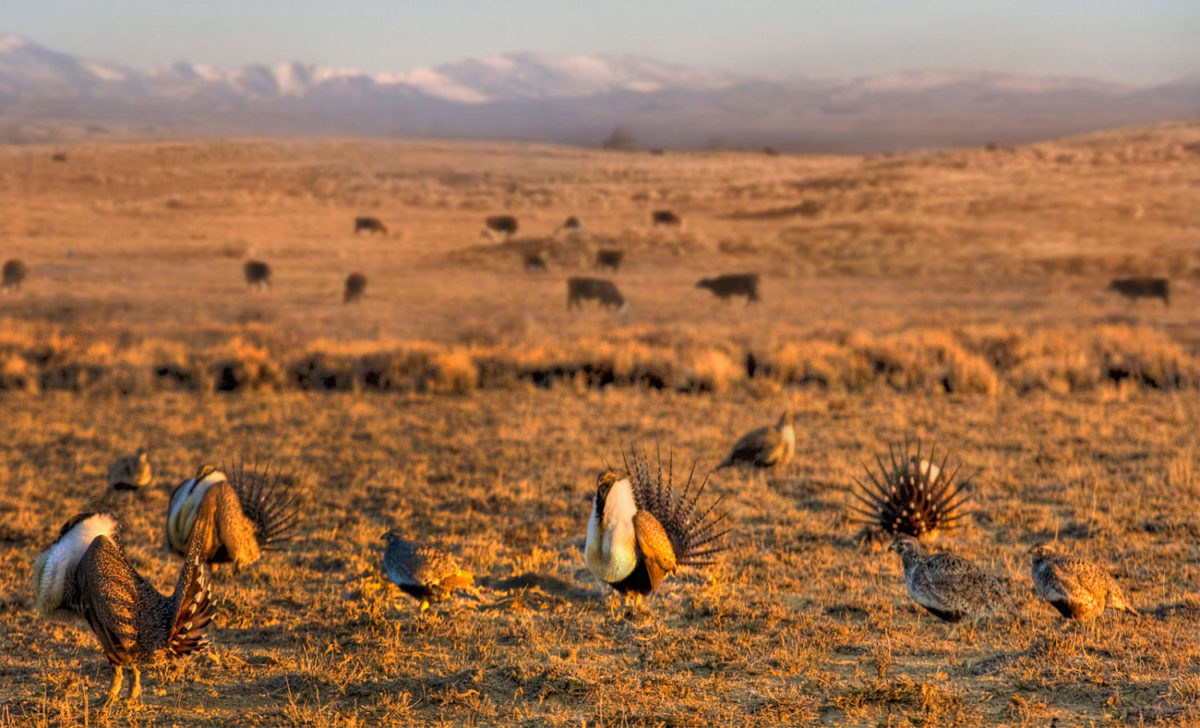




thank you. The CWD funds article was brand new info for me.